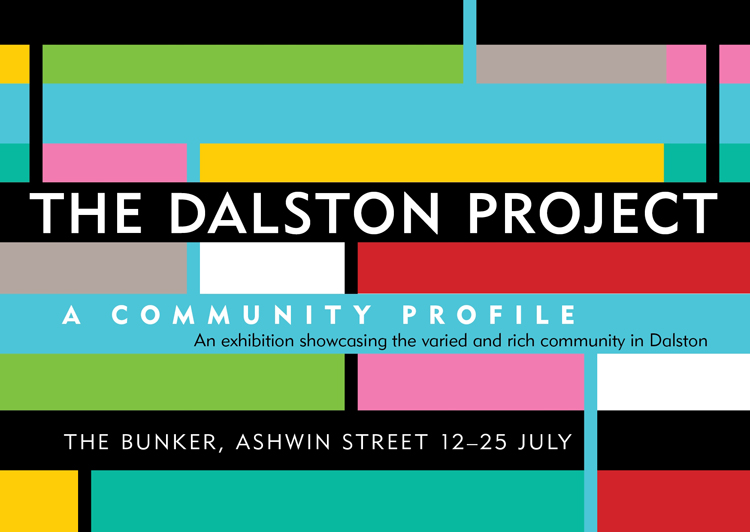What is and was
E8, Dalston, mainly...and other areas...but mainly Dalston. The place is unique in East London right now, and probably comparable with only a handfull of other areas in the country: its in mass transit, from infrastructure through demographic to fiscal. A 'visual slum' being transformed. But it was once a fine area. An area of wealth and community. Neighbours knowing neighbours and living together. Does this not happen any more...?
What we now have is a fractured affair with alienation and disenfranchisement from society. The community feel has supposedly gone; its dried up along with the cement for the new apartments.
However, with all this being said, there are pockets of Dalston that remain warm, inviting and community driven. The ethnic diversity has factored in this; it's made it seem fragmented but for this negative perception there is one parallel that pulls all these strands together - all these people live next door to each other. They breath each other's air.
The Dalston Project aims to get in amongst this complex concrete district and run all the threads of existence, no matter how disparate and begotten they appear, through one door for all and each to come see.
The Project has a task to unite the people by showing them the humanity of all their neighbours. Not in some grand way, not in a patronising way, but by video and audio, by heart and touch. Unbiased and unreproachable, the Dalston Project will be a living showcase for all that is fine and good with the 'community', when most people think one doesn't even exist.
E8, Dalston, mainly...and other areas...but mainly Dalston. The place is unique in East London right now, and probably comparable with only a handfull of other areas in the country: its in mass transit, from infrastructure through demographic to fiscal. A 'visual slum' being transformed. But it was once a fine area. An area of wealth and community. Neighbours knowing neighbours and living together. Does this not happen any more...?
What we now have is a fractured affair with alienation and disenfranchisement from society. The community feel has supposedly gone; its dried up along with the cement for the new apartments.
However, with all this being said, there are pockets of Dalston that remain warm, inviting and community driven. The ethnic diversity has factored in this; it's made it seem fragmented but for this negative perception there is one parallel that pulls all these strands together - all these people live next door to each other. They breath each other's air.
The Dalston Project aims to get in amongst this complex concrete district and run all the threads of existence, no matter how disparate and begotten they appear, through one door for all and each to come see.
The Project has a task to unite the people by showing them the humanity of all their neighbours. Not in some grand way, not in a patronising way, but by video and audio, by heart and touch. Unbiased and unreproachable, the Dalston Project will be a living showcase for all that is fine and good with the 'community', when most people think one doesn't even exist.

